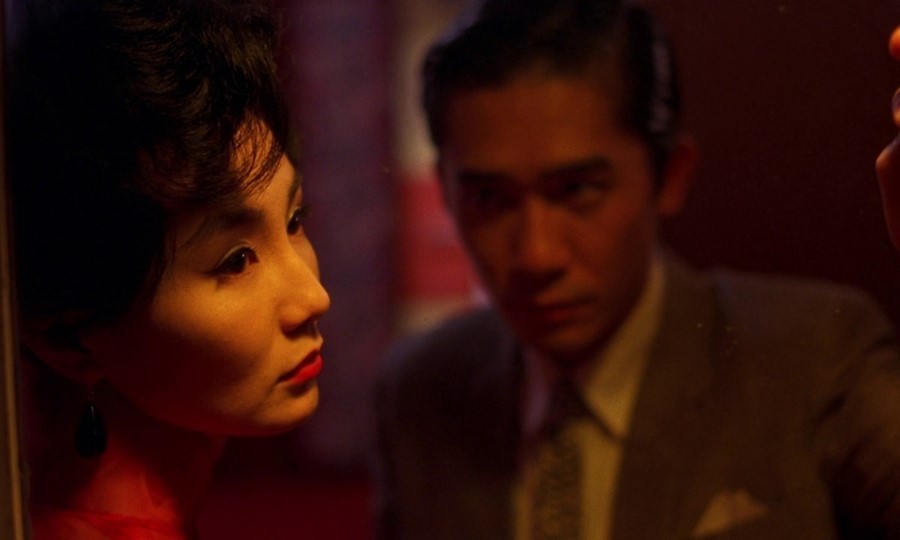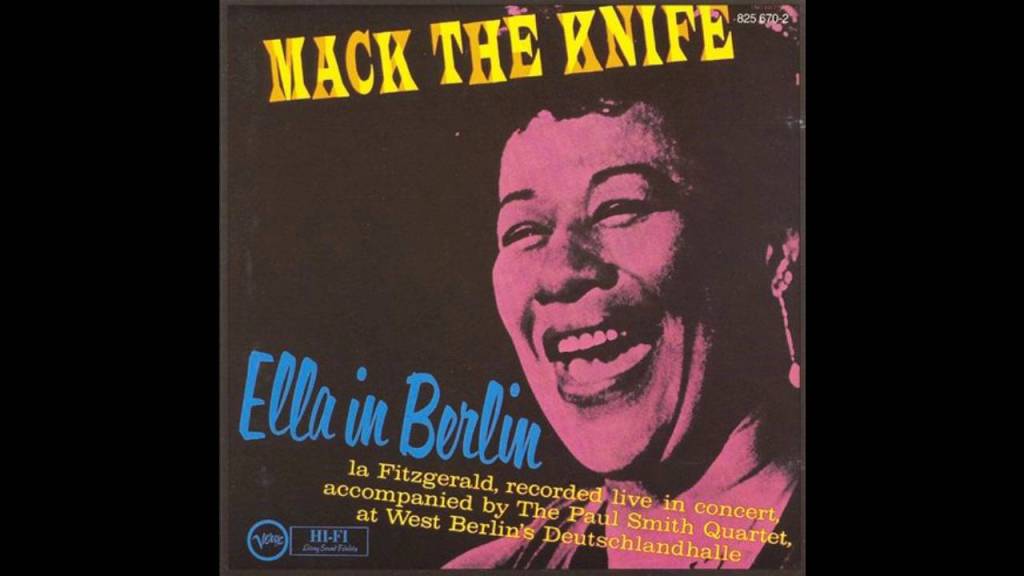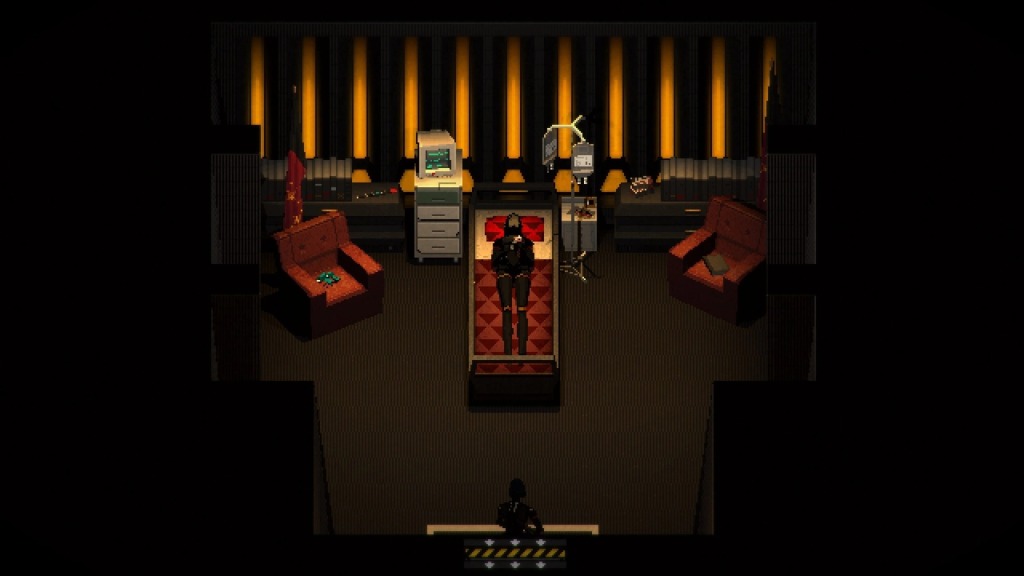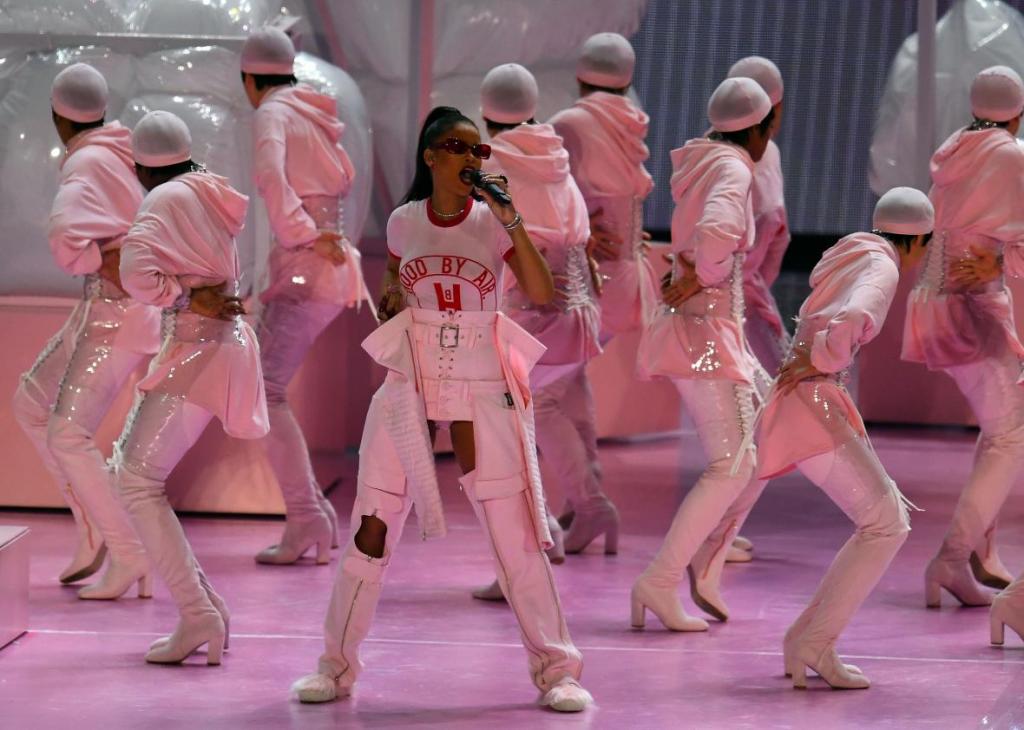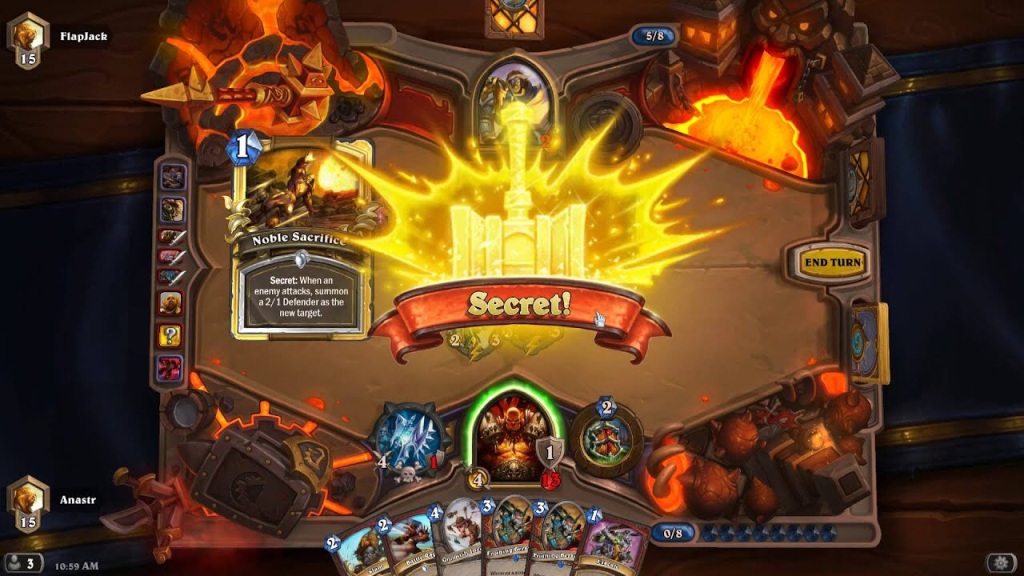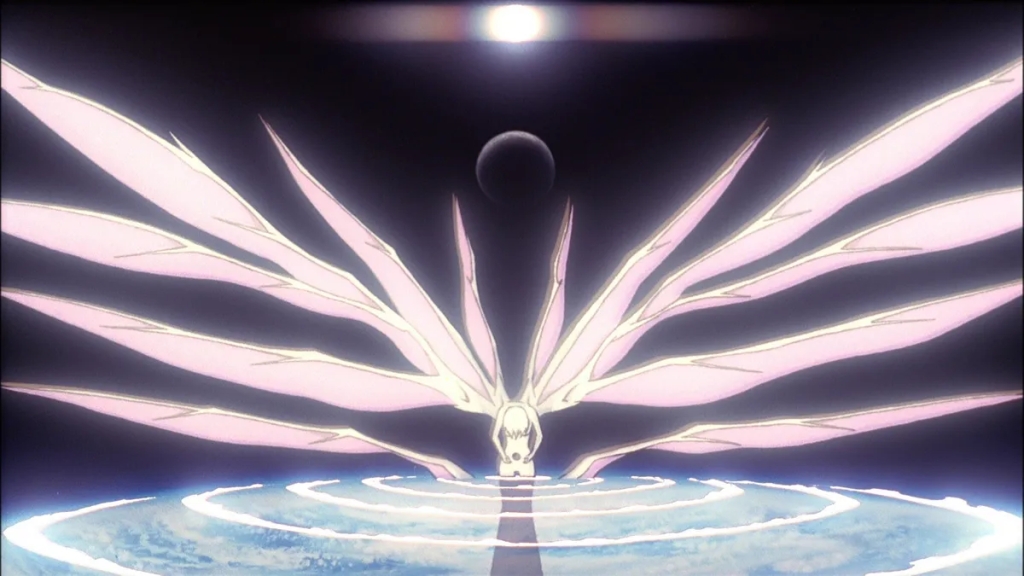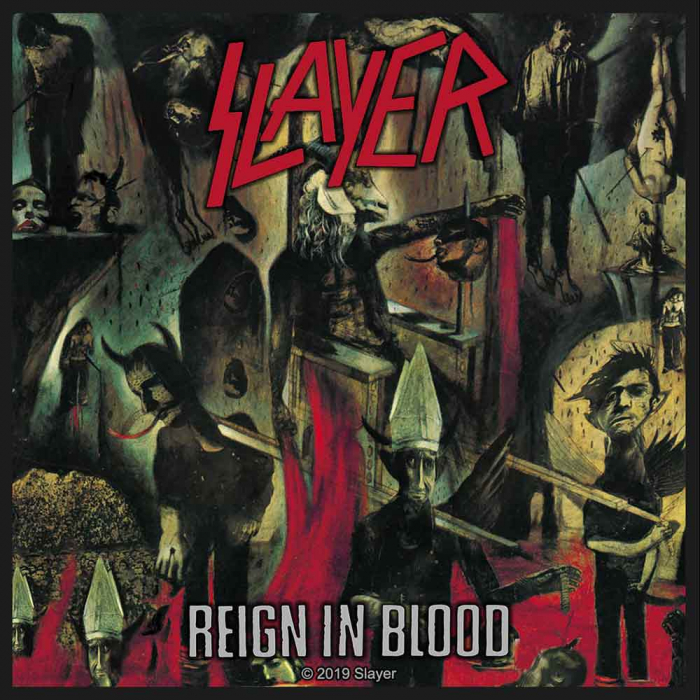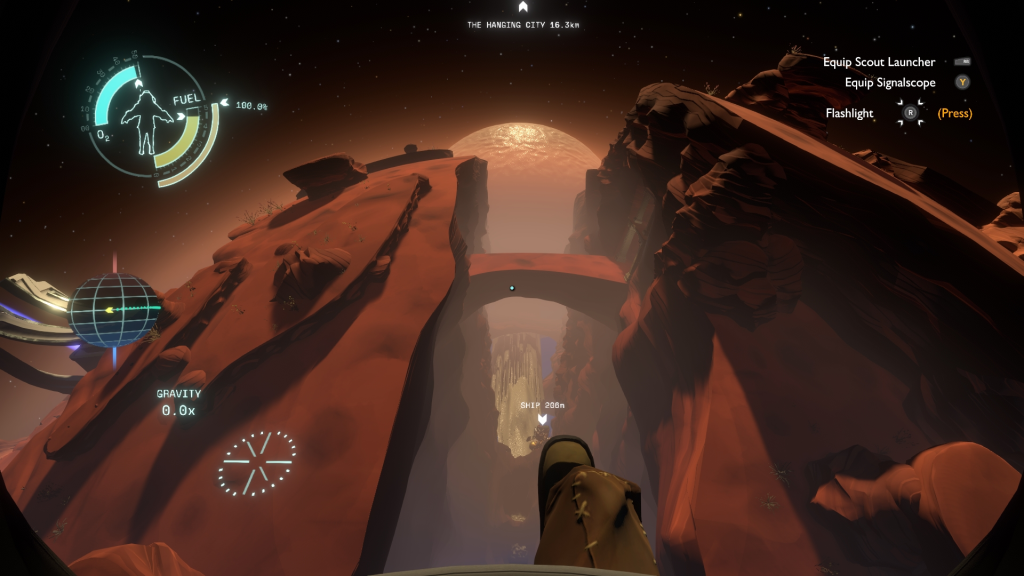IN THE MOOD FOR LOVE
Dir. Wong Kar Wai
2000
It is a restless moment.
She has kept her head lowered… to give him a chance to come closer.
But he could not, for lack of courage.
She turns and walks away.
Mise-en-scene is the human weapon in film. The term translates roughly to “what is put in the scene,” and it is meant as the ineffable summary of the image. It belongs only to those unique combinations of director, cinematographer, and production designer who can create an uncanny and unforgettable moment on screen. Many great moments of mise-en-scene are defined by literary context – the image summarizes a pivotal moment in plot, character development, or unpacking of metaphor. Images like the Binary Sunset in the original Star Wars, or Cameron staring at Seurat in Ferris Bueller’s Day Off, can create this intense feeling where the character’s psychology cannot be expressed more effectively through words. Others are defined by displaying the unusual, the elemental, as Kubrick, Trumbull and Unsworth took us Beyond the Infinite or Lynch and Deming and the team at BUF took us to the birth of JUDY and BOB in Twin Peaks: The Return.
It takes a different kind of mastery to make the mundane the center of an overpowering moment of mise-en-scene. In Yasujiro Ozu’s masterpiece Tokyo Story, there is a cut from a conversation between Chishu Ryu and Hisao Toake where they decide to go visit another old friend for drinks – the scene cuts to a hanging lantern sign which reads “Sake.” The first time I saw this cut, I burst into tears. The sign is framed center, as are most images in Ozu’s films with legendary cinematographer Yuharu Atsuta, and immense on screen, framed beautifully by the roof of a building on the other side of the street and the other signage for the bar and neighboring businesses. It’s not just the image itself, taken out of context (like I’ve done here, just so people know what I’m referencing) but the build of one hour of images framed with similar intelligence that made my heart explode.
While all the other Wong Kar Wai films I’ve seen are beautifully shot and impossibly well-paced, none have the power In the Mood for Love has to create undeniable mundane images. The film is a sensual feast of antiromance, of not arriving at the pivotal moment, of prolonged longing and years of yearning. These images are deeply lived in by Maggie Cheung and Tony Leung, giving all-time great performances as people desperately trying to decide whether or not to give in to desire. There are small etiquettes that feel less like historical put-ons and more like smart observations of how these characters behave. The way the two actors control their posture, their leaning into one another and apart, their gaze and their expressions – I’d be hard pressed to say that better acting exists.
For those who haven’t and may not see it, In the Mood for Love tells the story of two neighbors whose spouses enter an affair shortly after their move-in dates. The cheating spouses’ faces are never seen – we’re left with seeing Leung and Cheung as they try not to consummate their own love. Each cut back to stairwell into the noodle shop where they start encountering one another is a cut to the heart. The scenes of the two of them standing in an alley smoking while waiting for torrential downpour to cease are excruciating. Cigarette smoke has never looked better than in this film, its slow-motion arcs ascending into shapes that seem impossible.
Moments of beauty are anchored by the cinematography of longtime Wong collaborator Christopher Doyle, who granted Wong’s previous films a kinetic, experimental free-form (very 90s) and longtime Hou Hsiao-Hsien collaborator Mark Lee Ping-bing (Flowers of Shanghai, Millennium Mambo, The Assassin,) who gives this film his signature stillness and grace. They are soundtracked by the reused titular theme of the 90s film Yumeji, now almost certainly better known as the theme used in In the Mood for Love. These elements combine into an intoxicating aesthetic experience, one that despite its melancholy I never wanted to end. When the film does finally reach its conclusion, it is a wrenching goodbye.
Of all the films I’ve chosen to write about this month, In the Mood for Love is the most acclaimed. In the 2022 Sight & Sound polls for the greatest films of all time, it placed 5th with critics and 9th with directors (tying with Bergman’s Persona and Kiarostami’s Close-Up.) I exited my screening this past September, having not seen the film in a decade, accepting that I’d now adopted In the Mood for Love. My relationship with this film is still young. I won’t let it go another decade before rewatching again.
He remembers those vanished years.
As though looking through a dusty window pane, the past is something he could see, but not touch.
And everything he sees is blurred and indistinct.

